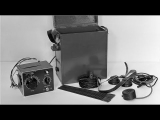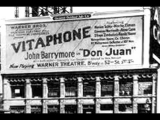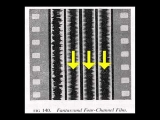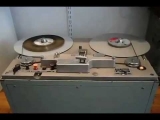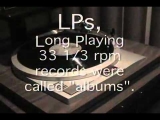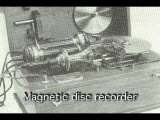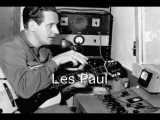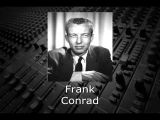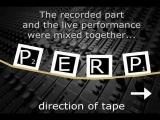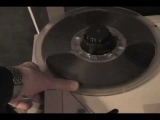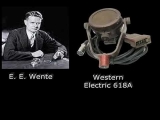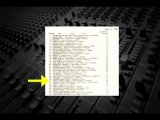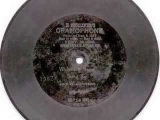Electrical Recording
Electrical Recording
Prior to 1925, when records were being made the old-fashioned way, using direct sound pressure, singers, had to sing at a constant volume. However, with the introduction of electrical recording using microphones, singers could now sing with greater dynamic range and expression, since the audio engineer could control the level of the vocal in the mix. This really changed the way singers performed, and also made possibly subtle background harmonies, which prior to electrical recording were generally never recordings were popular, since they sounded better than acoustically recorded records. They were also “backward compatible”, meaning that they could be played on the non-electric gramophones and victrolas that many people already owned, which was fortunate, since like very first flat screen video monitors, the very first electrical phonographs were insanely expensive. An electrical phonograph in the 1920s was equivalent to about six months wages for a working-class family!
